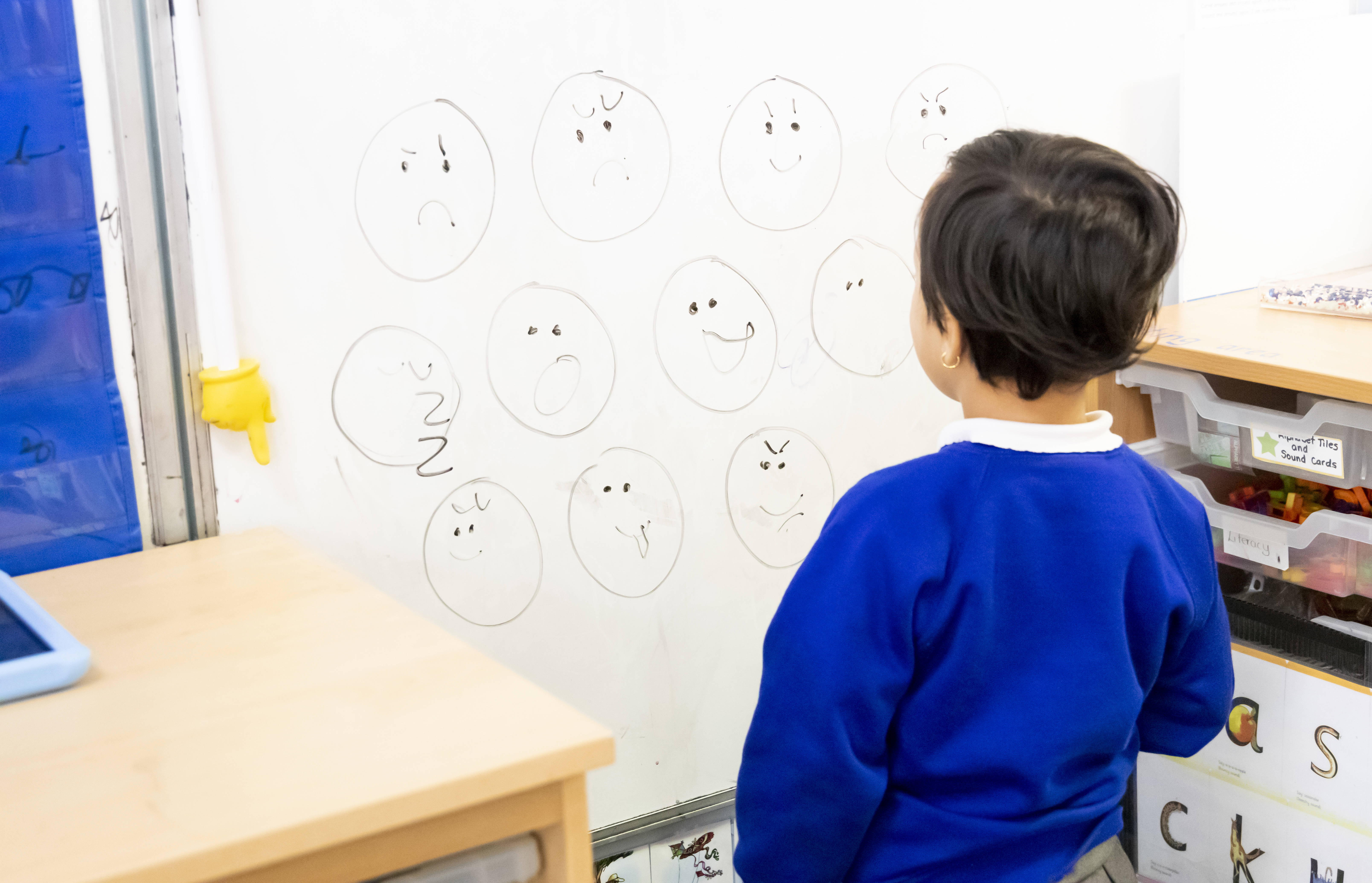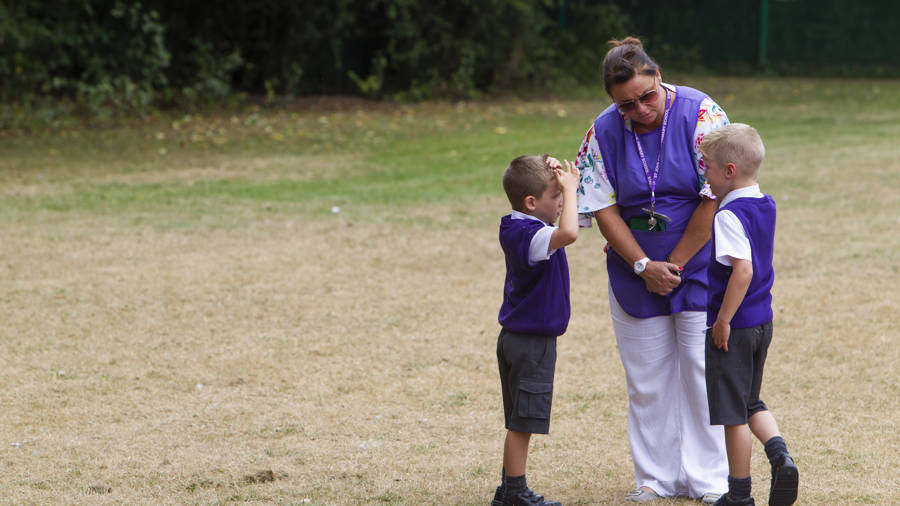Attachment and child development
Attachment refers to a relationship bond between a child or young person and their primary caregiver. This bond is formed in the early years and has a long-term impact on a child’s sense of self, development, growth and future relationships with others.

It is a complex psychological concept, which originated with the work of John Bowlby, who highlighted the importance of a child’s relationship with their primary caregiver (usually their mother) in terms of their social, emotional development and their ability to learn.
From the moment a baby is born, the baby communicates emotional and physical needs to their primary carer.
